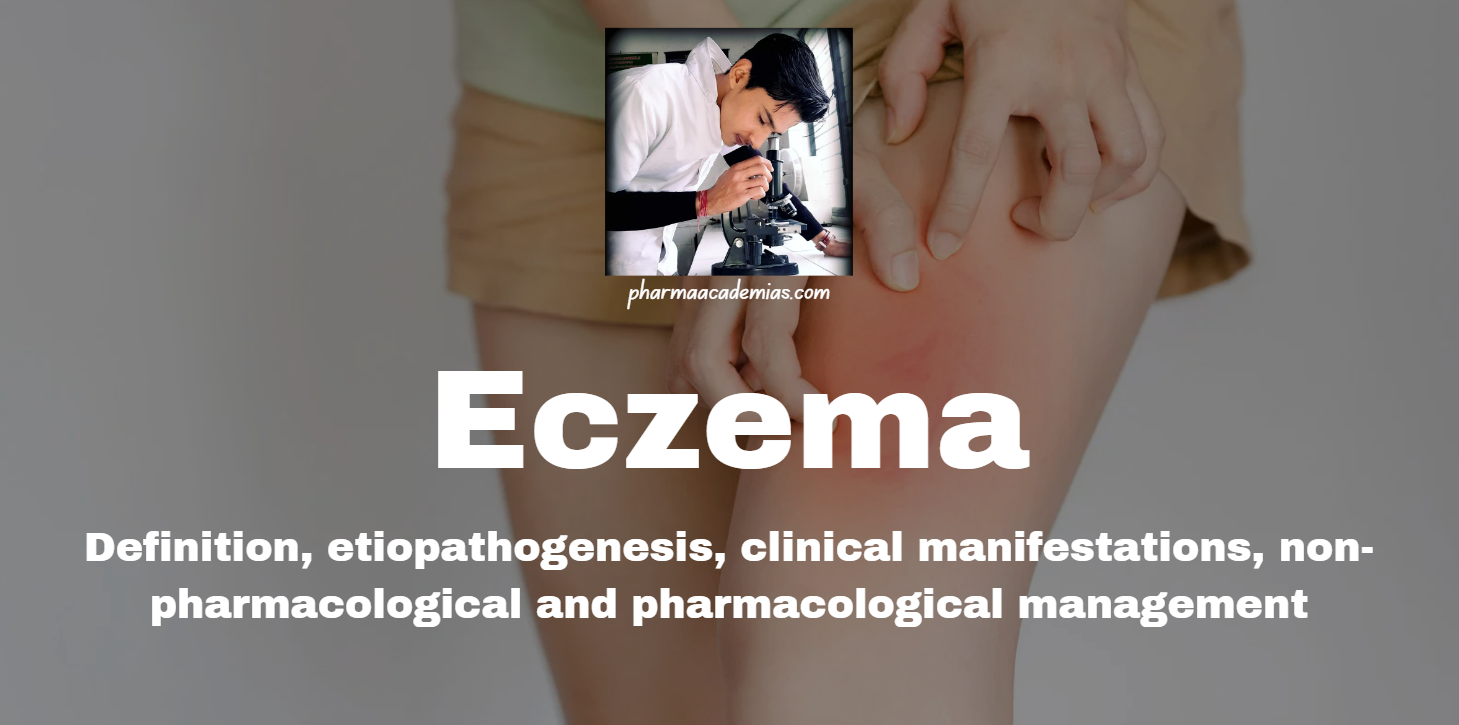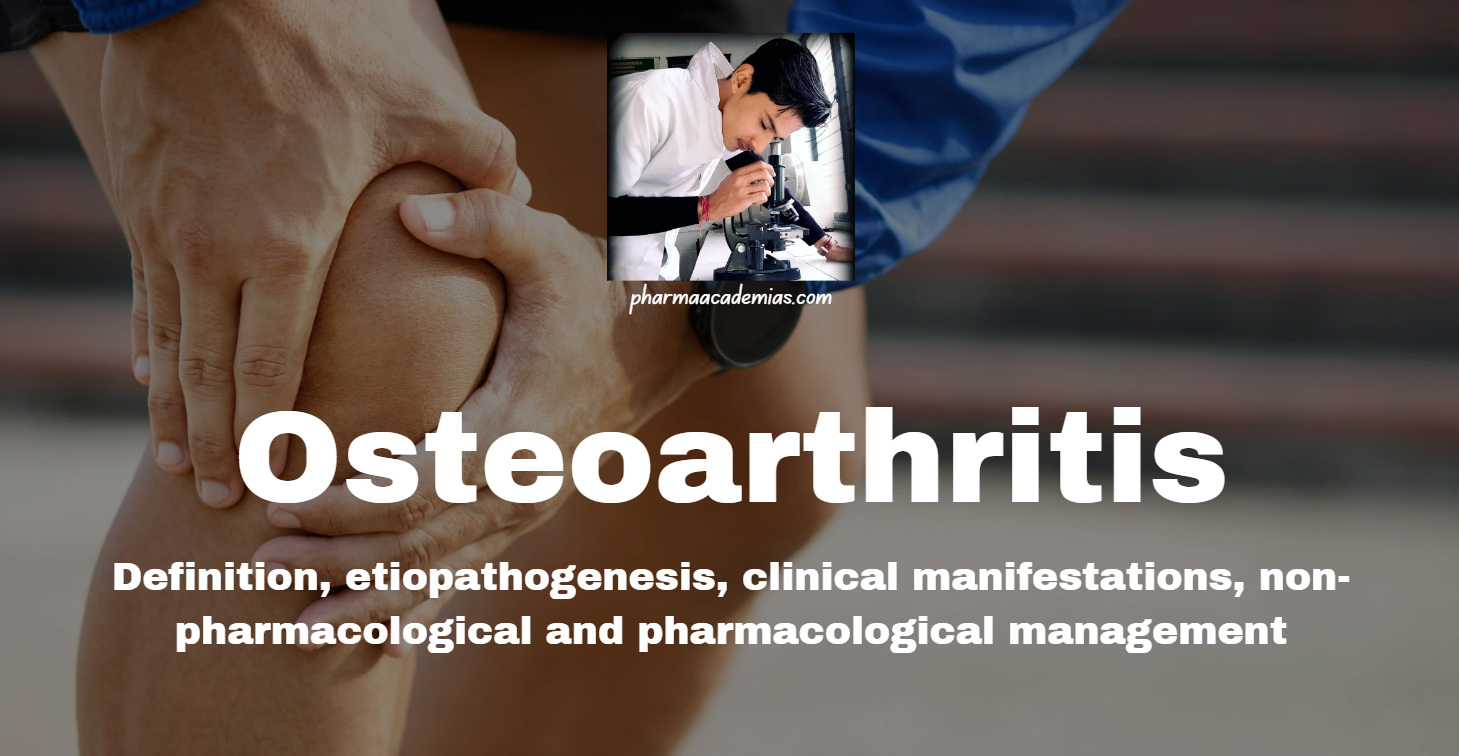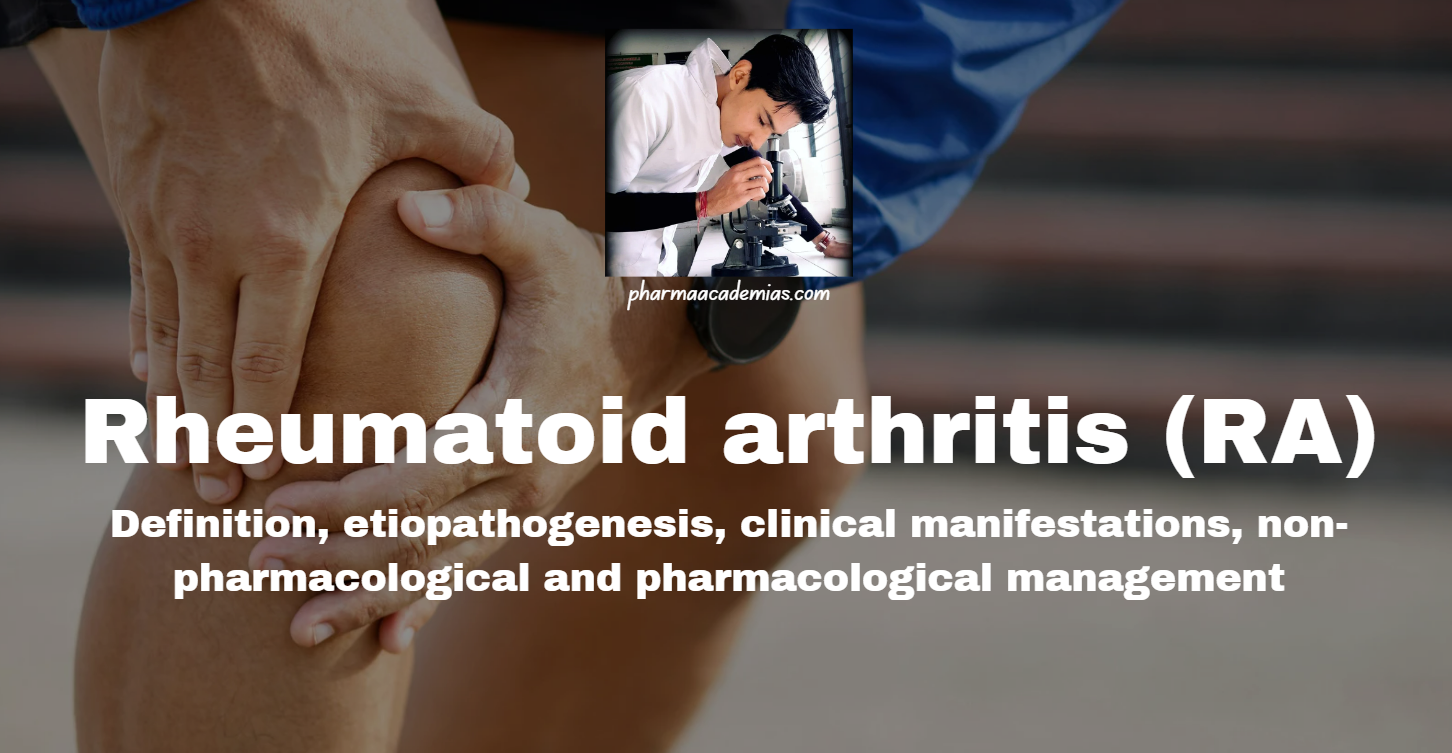Eczema: Definition, etiopathogenesis, clinical manifestations, non-pharmacological and pharmacological management
Eczema, also known as atopic dermatitis (AD), is a chronic, inflammatory skin condition characterized by itchy, red, and dry skin. It commonly begins in childhood and can persist into adulthood, with periods of exacerbation and remission. Eczema is a multifactorial disease influenced by genetic, environmental, and immunological factors. Etiopathogenesis of Eczema The etiopathogenesis of eczema … Read more










